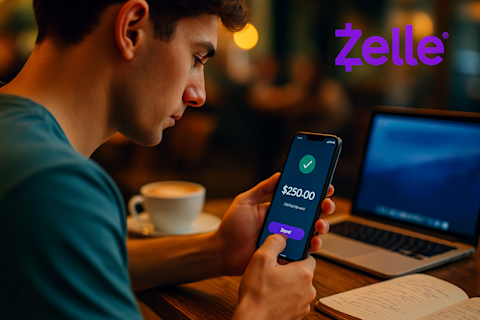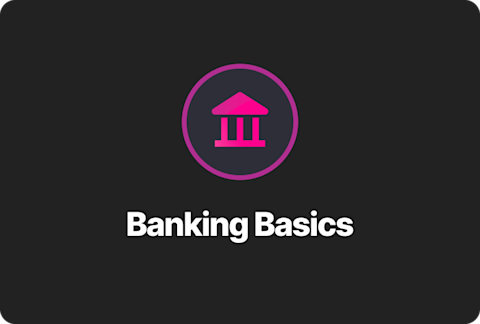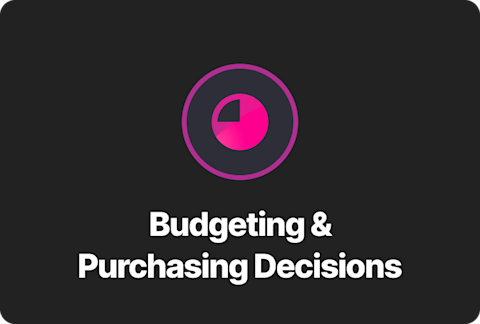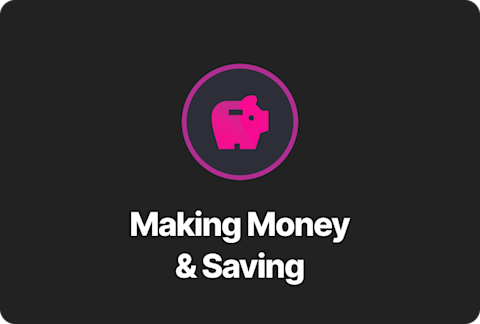Banking 101: Understanding How Banks Work

Since we have to use money nearly every day, it’s critical to learn the right ways to manage it at an early age. Maybe you’ve just landed your first job or are preparing to start college, either way, developing good money habits now will help set you up for the future.
Unfortunately, since only 19 states currently teach financial literacy in school, it hasn’t always been easy to learn about money or how the broader financial system works. That’s where we come in. Step provides a banking experience built just for teens, making it easier to manage your money while teaching you lots of smart tips and tricks along the way.
Let’s start off with the basics. Nearly every transaction involving money is required to flow through a bank. Whether you’re shopping online, buying a drink at Starbucks or just depositing a paycheck, there is usually a bank involved. Here are some important things you need to know as you’re getting started on your financial journey:
Deposits
A deposit is a term used to describe the act of adding money to a bank account. When you make a deposit, your money is held on your behalf by the bank. There are many ways to make a deposit including cash, checks and bank transfers (like direct deposits). It’s important to make sure the accounts where you make deposits are FDIC insured, which means that your money is insured by the government and will be safe even if your bank goes out of business.
Cash Deposit. When you deposit cash at a bank location or ATM, that money is typically available right away without restrictions. That means you can spend, move or withdraw that money at any time.
Check Deposit. A check deposit is a little different. When you deposit a check, your bank has to request the money from another bank. In most cases it may stay pending, meaning it’s not available to spend or withdraw, for a few business days.
Direct Deposit. A direct deposit is a common way to receive your paycheck. By using your bank account and routing numbers, your employer can deliver your paycheck directly to your account.
Bank account types
Not all bank accounts are the same but here is a basic guide:
Checking Accounts. These accounts are deposit accounts that do not have restrictions on accessing your money. You can deposit, spend and withdraw money at any time. It’s great to get your paycheck deposited here to give you immediate flexibility with your money.
Savings Accounts. Many savings accounts have restrictions on how many withdrawals you can make, typically under six per month. Some banks pay a small amount of interest on these accounts as an incentive to keep your money there. These accounts are designed for the money you don’t need to access frequently — like saving for an emergency or near term goals like the new Playstation or a car.
Investment Accounts. There are many different types of investment accounts but in most cases, these accounts are for long term savings. These accounts over time can create positive returns, which could be in the form of interest, an increase in value or dividends. Investment accounts are typically used for saving to purchase a home or retirement.
PayPal, Venmo, Cash & Money Apps
Not all places where you make deposits are banks. Many apps that help you move money between friends or make purchases are not FDIC insured, meaning your money is not guaranteed to be safe. In addition, they have strict terms to shut down your account at their discretion, especially if you are under the age of 18. As a result, these services can be a risky place to store your money.
Fees
Traditional banks built their businesses around charging fees for their services. For example, large US banks took more than $11 billion in overdraft fees in 2019. It was a lot of work to move and store physical money while tracking everything on paper. Banking has become digital but a lot of the traditional fees haven’t changed. The fastest way to lose money is to give it away through fees. Look out for monthly fees as well as overdraft, deposit and transfer fees. They can be avoided by choosing the right bank.
Spending your money
The use of cash and checks has declined over the years while the use of bank issued cards has become the favorite way to pay. For shopping online and in apps, it’s typically the only way you can pay.
Cash. Using cash has been a reliable way to pay for years. Many teens have to rely on cash if they are unable to access digital banking services. However, this means there’s no protection if that cash is lost or stolen. Spending with cash can also be difficult to track if you’re trying to stick to a budget. Additionally, if you’re shopping on Amazon, ordering through DoorDash or taking an Uber, cash is not an acceptable form of payment.
Debit Cards. When you open a traditional checking account you are typically given a debit card to use with your account. A debit card uses only the money you actually have in your account, but in some cases, banks let you overdraft. An overdraft happens when your bank lets you spend more money than what you have in your account — but it often comes with a hefty fee. In addition, a lot of debit cards have monthly fees, ATM fees and deposit fees.
Credit Cards. Credit cards let you spend the bank’s money, not your own, and require you to pay it back typically every month. If you don't pay it back in full then the bank will charge you interest or fees as a penalty. The advantage of a credit card is that you have greater protection against fraud or unauthorized use of your card. Another valuable benefit is that banks will report your good credit history, helping you establish a solid financial foundation with a Visa credit card to build credit. A good credit history saves you money by allowing you to get the lowest interest rates, saving on car insurance premiums and even getting a cell phone contract without prepaying.
Having an understanding of these banking basics will be really helpful in guiding your future money decisions. While bank services should be the tools you use to build your financial success, it’s also important to find a provider that puts your interests first—like a credit building app) that helps you develop smart money habits early on. Step’s mission is to improve the financial future of the next generation by offering free, modern banking products that help teens become smarter with their money.








